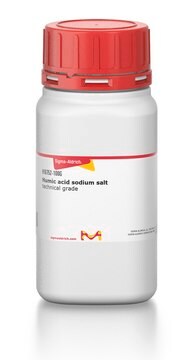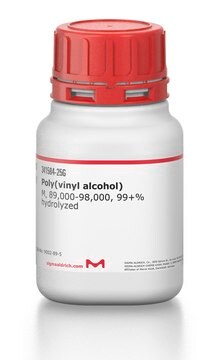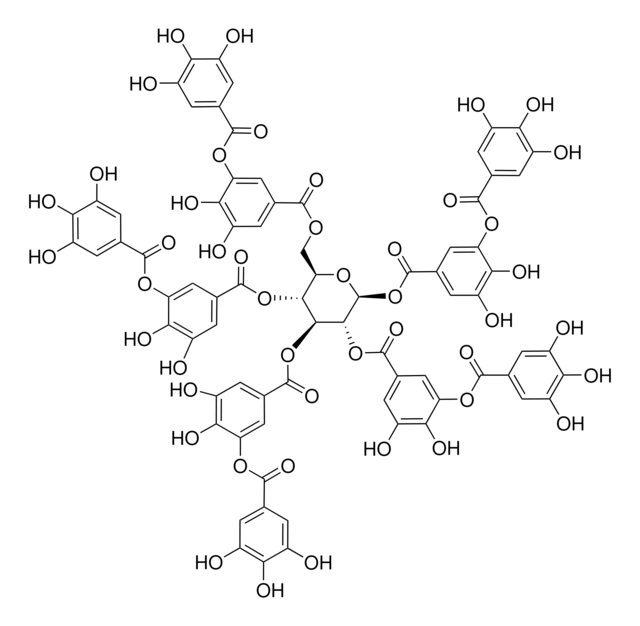939757
Sulfonated bisphenol-A-polysulfone

proton conducting polymer, (degree of sulfonation 90%)
Synonyme(s) :
Polyaromatic sulfonic acid, SPSF, Sulfonated PSF, Sulfonated aromatic polymer, Sulfonated poly(arylene ether sulfone) ionomer
About This Item
Produits recommandés
Description
degree of sulfonation 70-110%
Niveau de qualité
Forme
powder
Poids mol.
20-80 kDa
Couleur
white to beige
Pf
>300 °C
Groupe fonctionnel
sulfonic acid
Architecture des polymères
shape: linear
Chaîne SMILES
O=S(C1=CC=C(OC(C=C2)=CC=C2C(C)(C)C3=CC=C(OC(C(S(=O)(O[Na])=O)=C4)=CC=C4S(C5=CC=C(O[*])C(S(=O)(O[Na])=O)=C5)(=O)=O)C=C3)C=C1)(C6=CC=C(OC7=CC=C(C(C)(C)C8=CC=C([*])C=C8)C=C7)C=C6)=O
Description générale
Application
In addition to fuel cells, sulfonated aromatic polymers are also utilized in other energy-related applications. They are employed in redox flow batteries, which store energy by using electrolytes that undergo reversible redox reactions. The chemical stability and proton conductivity of these polymers contribute to the overall performance and longevity of such energy storage systems.
Moreover, sulfonated aromatic polymers find application in water treatment membranes. These membranes are used in processes like reverse osmosis, nanofiltration, and ultrafiltration to separate and purify water by selectively allowing the passage of water molecules while blocking contaminants and impurities. The chemical resistance of sulfonated aromatic polymers makes them suitable for handling harsh environments and maintaining high water permeability.
Furthermore, sulfonated aromatic polymers are explored for their potential in gas separation membranes, where they can be used to selectively separate gases such as hydrogen, carbon dioxide, and oxygen for various industrial processes.
Overall, the unique combination of properties exhibited by sulfonated aromatic polymers, including thermal stability, chemical resistance, and proton conductivity, makes them highly versatile and valuable for applications in fuel cells, energy storage, water treatment, and gas separation. Continued research and development in this area hold the potential for further advancements and innovations in these fields.
Produit(s) apparenté(s)
Code de la classe de stockage
11 - Combustible Solids
Classe de danger pour l'eau (WGK)
WGK 3
Point d'éclair (°F)
Not applicable
Point d'éclair (°C)
Not applicable
Faites votre choix parmi les versions les plus récentes :
Certificats d'analyse (COA)
Désolés, nous n'avons pas de COA pour ce produit disponible en ligne pour le moment.
Si vous avez besoin d'assistance, veuillez contacter Service Clients
Déjà en possession de ce produit ?
Retrouvez la documentation relative aux produits que vous avez récemment achetés dans la Bibliothèque de documents.
Notre équipe de scientifiques dispose d'une expérience dans tous les secteurs de la recherche, notamment en sciences de la vie, science des matériaux, synthèse chimique, chromatographie, analyse et dans de nombreux autres domaines..
Contacter notre Service technique







